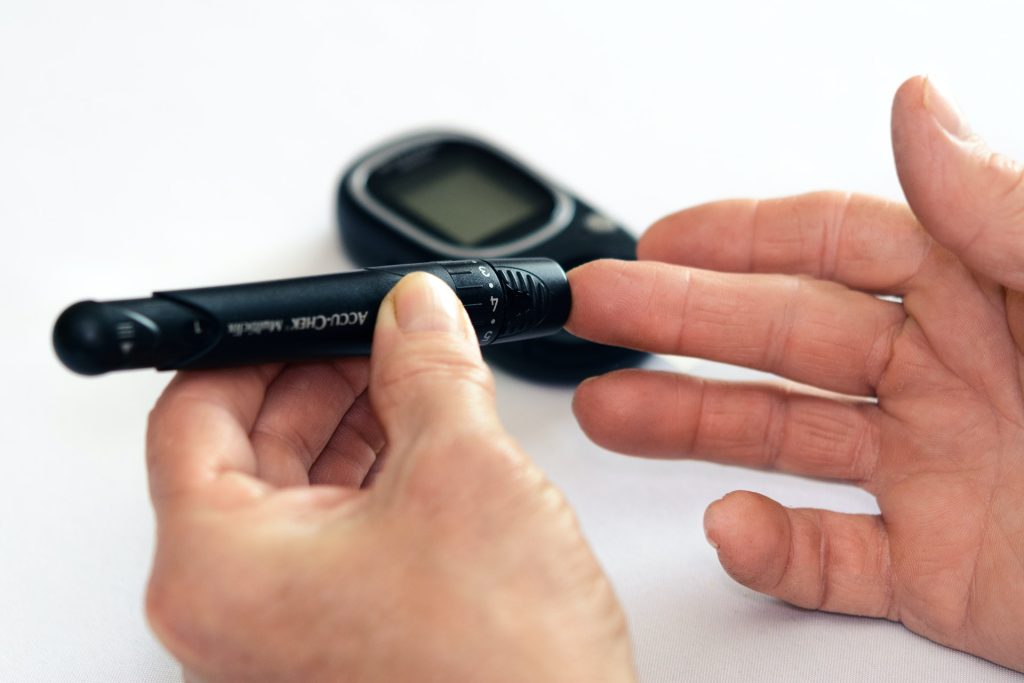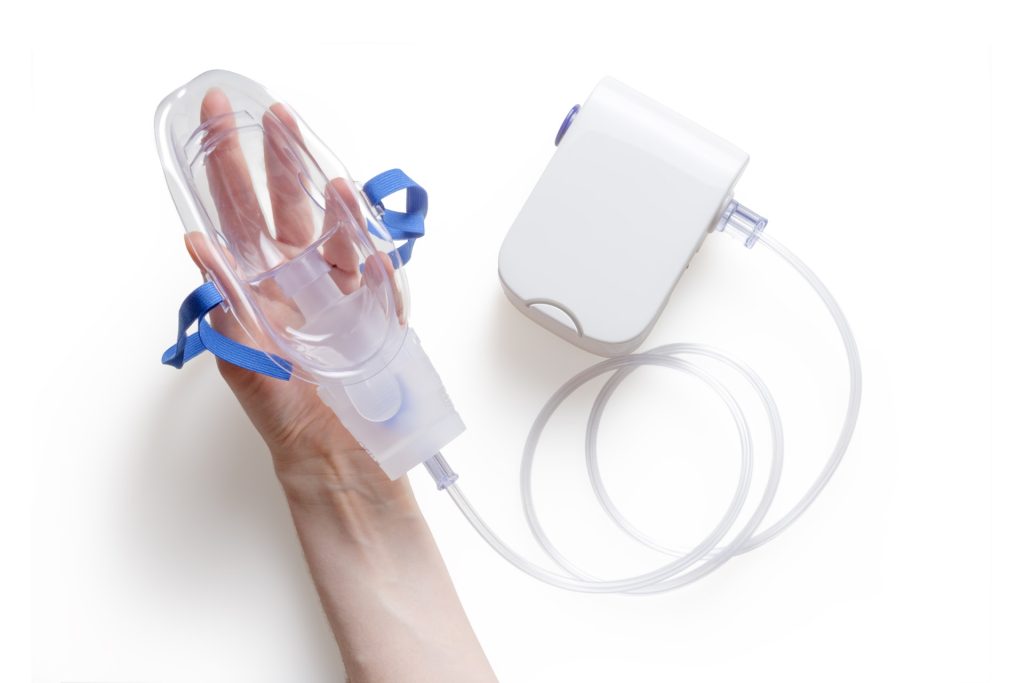Scientists Identify New Cause of Diabetes – and Potential Treatment Target

Researchers have identified an enzyme that blocks insulin produced in the body – a discovery that could provide a new target to treat diabetes. Their study, published the journal Cell, focuses on nitric oxide, which dilates blood vessels, improves memory, fights infection and stimulates the release of hormones, among other functions.
How nitric oxide performs these activities had long been a mystery.
The researchers at Case Western Reserve University and University Hospitals discovered a novel “carrier” enzyme (called SNO-CoA-assisted nitrosylase, or SCAN) that attaches nitric oxide to proteins, including the receptor for insulin action.
They found that the SCAN enzyme was essential for normal insulin action, but also discovered heightened SCAN activity in diabetic patients and mice with diabetes.
Mouse models without the SCAN enzyme appeared to be shielded from diabetes, suggesting that too much nitric oxide on proteins may be a cause of such diseases.
“We show that blocking this enzyme protects from diabetes, but the implications extend to many diseases likely caused by novel enzymes that add nitric oxide,” said the study’s lead researcher Jonathan Stamler, professor at the Case Western Reserve School of Medicine.
“Blocking this enzyme may offer a new treatment.”
Given the discovery, next steps could be to develop medications against the enzyme, he said.
Many human diseases, including Alzheimer’s, cancer, heart failure and diabetes, are thought to be caused or accelerated by nitric oxide binding excessively to key proteins.
With this discovery, Stamler said, enzymes that attach the nitric oxide become a focus.
With diabetes, the body often stops responding normally to insulin.
The resulting increased blood sugar stays in the bloodstream and, over time, can cause serious health problems.
Individuals with diabetes, the Centers for Disease Control reports, are more likely to suffer such conditions as heart disease, vision loss and kidney disease.
But the reason that insulin stops working isn’t well understood.
Excessive nitric oxide has been implicated in many diseases, but the ability to treat has been limited because the molecule is reactive and can’t be targeted specifically, Stamler said.
“This paper shows that dedicated enzymes mediate the many effects of nitric oxide,” he said. “Here, we discover an enzyme that puts nitric oxide on the insulin receptor to control insulin. Too much enzyme activity causes diabetes. But a case is made for many enzymes putting nitric oxide on many proteins, and, thus, new treatments for many diseases.”
Source: Case Western Reserve University




